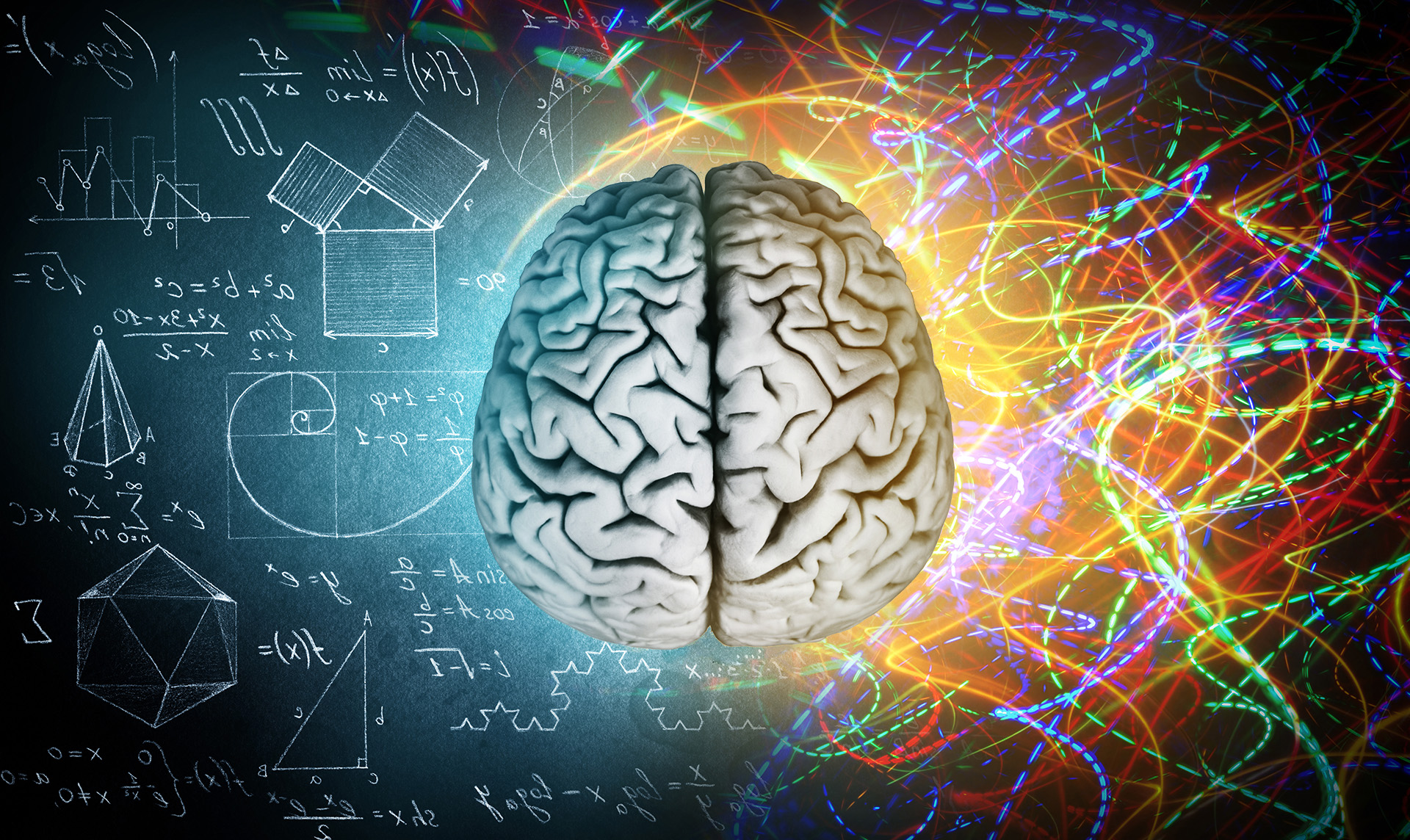Traumatic memories are alive in the limbic system of the brain, unprocessed. They are as emotionally resonant as if they’ve just happened. Along comes a present-day life trigger and bam! There we are, activated all over again as if the trauma is actually occurring, right now. These memories living in our short-term memory system are like having too many apps turned on in our phone – they are a constant drain on the battery.
 EMDR, or Eye-Movement Desensitization and Reprocessing Therapy, assists the brain in processing trauma all the way through from the limbic system to the pre-frontal cortex, where it can be properly stored in the long-term memory system.
EMDR, or Eye-Movement Desensitization and Reprocessing Therapy, assists the brain in processing trauma all the way through from the limbic system to the pre-frontal cortex, where it can be properly stored in the long-term memory system.
“EMDR therapy has the ability to facilitate profound therapeutic change in much less time than has been traditionally assumed to be necessary, regardless of the number of years since the traumatic event occurred. Some controlled studies have indicated that 84-100% of single-trauma PTSD has been eliminated within 4.5 hours of treatment.” – Francine Shapiro, founder of EMDR Therapy
Bilateral dual attention stimuli is utilized in the form of back-and-forth repetitive eye-movement tracking, or cross-hemispheric alternating sensory stimulation in either auditory or visceral form (tapping or buzzers). When clients have a foot in the past (their traumatic memory) and a foot in the present (the sensory stimuli), they are better able to safely process their trauma. “Concurrent with the use of other procedural elements, the bilateral dual attention stimulus appears to titrate disturbance, facilitate associative processing, and enhance memory retrieval.” – Shapiro
Dr. Bessel Van Der Kolk worked with a client in EMDR therapy and said, “The process freed something in her mind/brain to activate new images, feelings, and thoughts; it was as if her life force emerged to create new possibilities for her future.”
The brain has a natural orienting process towards wholeness. With the assistance of the EMDR process, your brain is the guide, and your brain heals itself.

 Dr. Bessel Van Der Kolk worked with a client in EMDR therapy and said, “The process freed something in her mind/brain to activate new images, feelings, and thoughts; it was as if her life force emerged to create new possibilities for her future.”
Dr. Bessel Van Der Kolk worked with a client in EMDR therapy and said, “The process freed something in her mind/brain to activate new images, feelings, and thoughts; it was as if her life force emerged to create new possibilities for her future.”